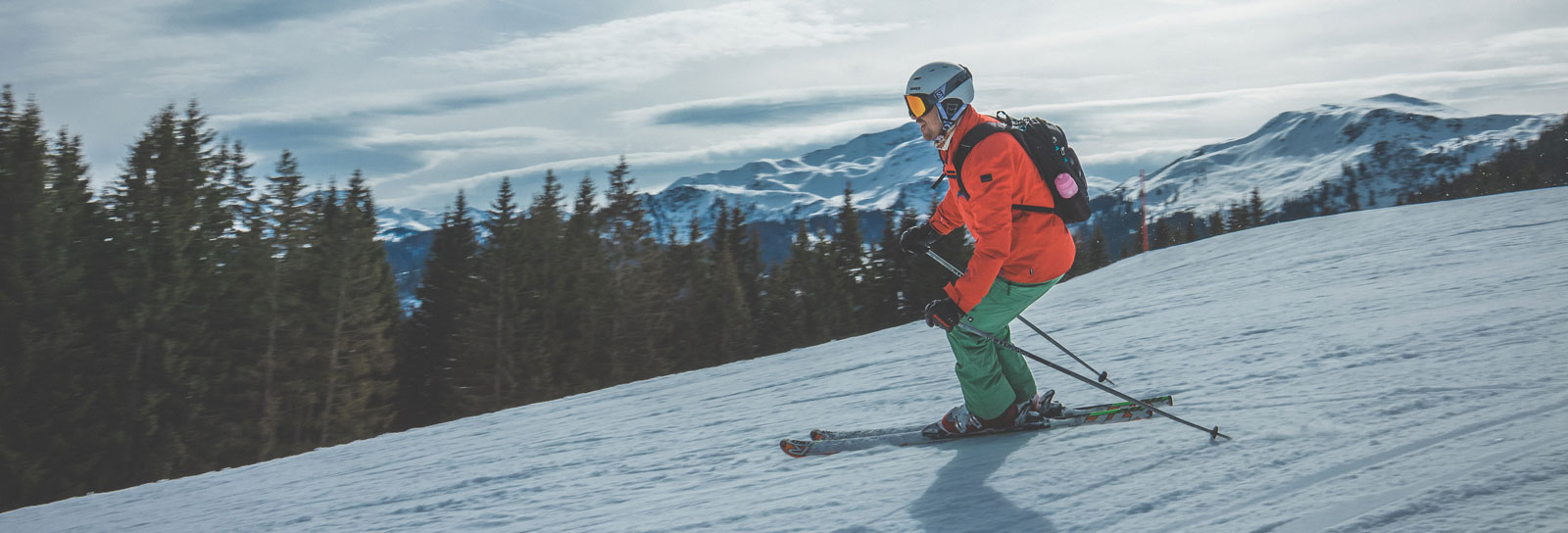
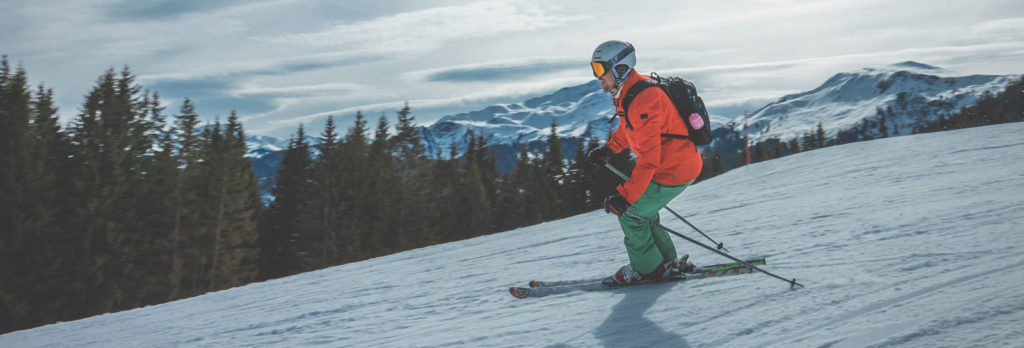
Cold Habituation: How Winter Olympians Prepare for the Games
Feb 8, 2022 By Lael Miller
While many Winter Olympics athletes come from cold-weather countries — Norway, Germany, Canada, the U.S., and the Netherlands topped the medal table in the 2018 Games — athletes come from all over the world. As you watch the 2022 Winter Olympics in Beijing, you may wonder how competitors from tropical countries get their bodies prepared for the cold, snowy conditions, and how you could apply their tricks to your own winter workouts.
This article will explain the cold habituation process, why it matters for athletes, and some strategies athletes might use to prepare for cold weather.
How Cold Temperatures Affect Athletic Performance
While there are many potential health benefits of working out in the cold, low temperatures could reduce athletes’ performance if they’re not prepared for the conditions. This could be a serious concern for Olympic athletes since medals may be won or lost by mere fractions of a second.
Research shows that cold conditions may reduce athletes’ strength and coordination, explains a review published in the International Journal of Environmental Research and Public Health. In one study, athletes experienced significant decreases in both their agility performance and vertical jump height when exposed to a cold environment. Another study found that skiers’ peak power output was significantly reduced at -14°C (7°F) compared to 6°C (43°F). However, research suggests that getting habituated to the cold could have positive effects on athletes’ performance.
The Process of Becoming Acclimated to the Cold
Cold habituation is a natural process that happens as your body gets used to cold conditions. Many physiological changes happen when you get acclimated to the cold, according to a review of the scientific literature published in the journal Temperature.
Research shows that when people get used to the cold, the blood vessels in their skin don’t narrow as much in response to cold weather. This higher blood flow to the skin means their hands and forearms stay warmer. People who are cold habituated may release lower levels of stress hormones when exposed to cold conditions. They may also feel warmer in the cold and shiver less.
Cold Habituation Strategies for Athletes
Olympic athletes who live in winter sport nations may naturally acclimate to the cold through regular training in a cold, outdoor environment. But for athletes from tropical countries who may be training without snow, getting used to the cold may require special strategies.
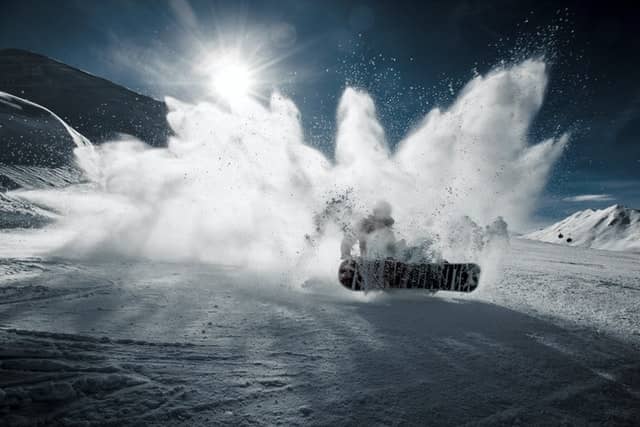
Immersion in Cold Water
Cold water immersion (such as in an Ice Barrel) could help athletes rapidly get used to the cold, according to a study published in Extreme Physiology and Medicine. A group of healthy male volunteers was exposed to a series of brief cold water immersions over a one to two-hour period. Researchers measured the volunteers’ vital signs before and after each cold water plunge. After the last plunge, the men’s heart rates and breathing rates were lower compared to the first plunge, indicating that their bodies got used to the cold water.
Taking Cold Showers
Some athletes might rely on cold showers to get used to cold conditions. A study in the European Journal of Applied Physiology reported that volunteers who showered in 10°C (50°F) water showed some signs of becoming habituated to the cold. However, the researchers noted that previous studies of repeated cold water immersions showed a more significant effect. This could be because cold water immersion allows you to expose about 90% of your body to the cold at once — much more than a cold shower. A purpose-built cold therapy tool like Ice Barrel makes it easy to take regular cold plunges.
Exposure to Cold Air
Some athletes may use cold indoor environments to get ready for winter weather. It’s well-established that exposure to low temperature in cold chambers can help people get used to cold environments, according to the Temperature review. In one study, volunteers were exposed to air temperatures around 12°C (54°F) for eight hours a day. After a month, the volunteers experienced significantly less shivering in the cold, indicating they were cold habituated. Another study exposed volunteers to 4.4°C (40°F) air for 30 minutes with similar results.
Strategies for Coping With the Cold
Temperatures may fluctuate during the Winter Olympics, and athletes need to be prepared to perform their best at any temperature. On super-cold days, even athletes who are habituated to the cold might need a little extra help. Some strategies they may use to perform well in the cold include:
- Getting a good warm up. For cold weather athletes, warming up is key. Increasing your muscle temperature by just 1°C (1.81°F) can improve athletic performance by 2% to 5%, according to a review in the Scandinavian Journal of Medicine and Science in Sports.
- Wearing appropriate clothing. Dressing in layers may help athletes stay comfortable in the cold. At the 2018 Winter Olympics in Pyeongchang, Team USA athletes were outfitted with insulated uniforms and battery-powered jackets.
- Staying in motion. Exercise creates body heat. As you watch the Winter Olympics 2022, you may notice that athletes keep moving between events to stay warm.
Prepare for Winter Sports With an Ice Bath
Research shows that cold water immersion can help people get used to cold conditions. If the Winter Olympics 2022 has piqued your interest in winter sports, taking a plunge in your Ice Barrel could help you acclimate to the cold and prepare to spend time outdoors.
The Invitation to Adventure
Now it’s
your turn…
We are inviting you on an extraordinary adventure to explore the depths of your potential and experience the incredible results Ice Barrel will produce in your life. Not just for you, but for the ones you love most and the things you are most passionate about.
Related posts
-
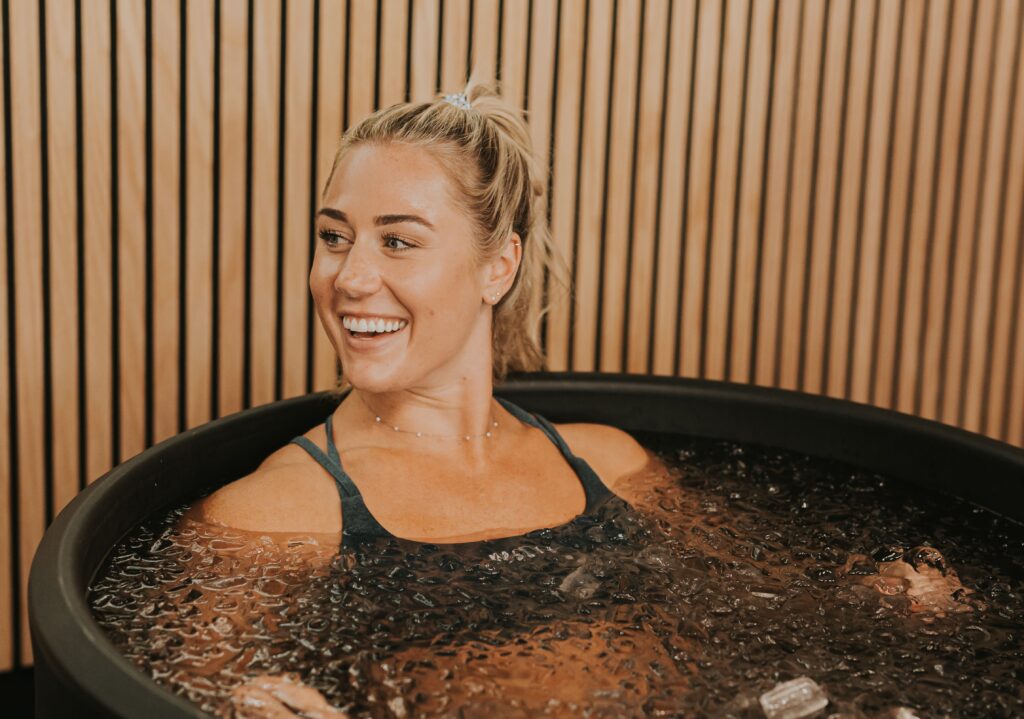
Q&A with CrossFit Athlete Brooke Wells
Jan 16, 2024
ByRead moreOne of the biggest names in CrossFit, Brooke Wells is hoping to qualify for the CrossFit Games for the ninth…
-
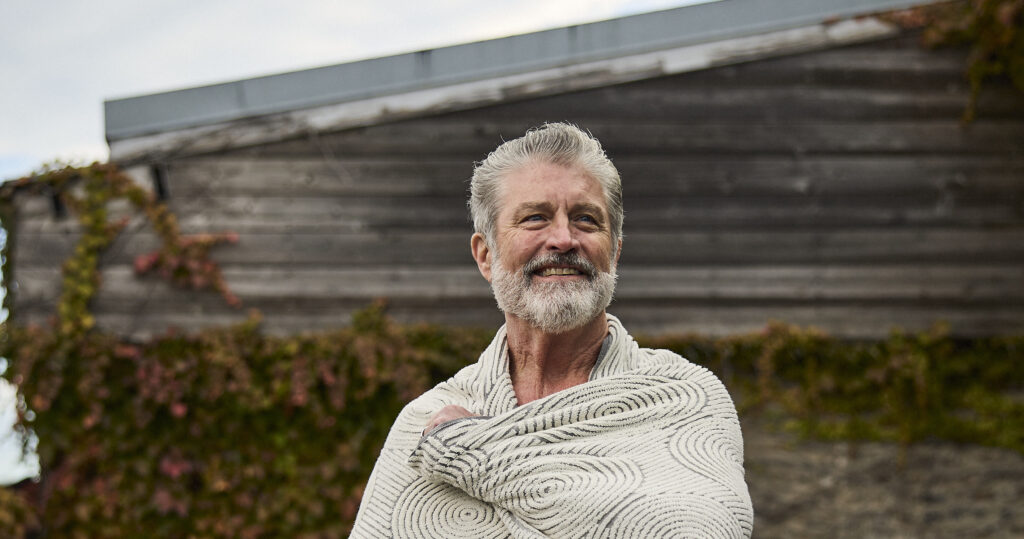
7 Ice Bath Benefits That Make the Cold Worth It
Nov 20, 2023
ByRead moreWhen it comes to feeling better, people are willing to try just about anything. The simple act of getting in…
-
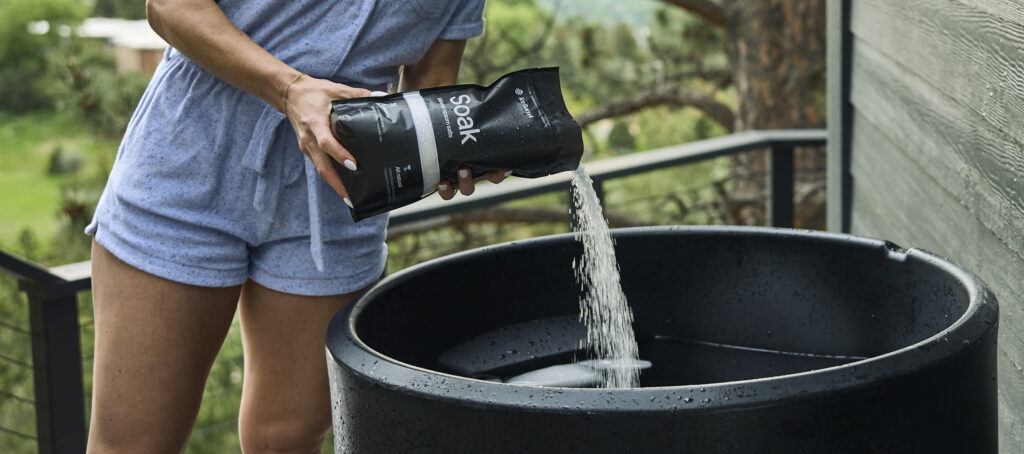
The Benefits of Epsom Salts in Ice Baths
Jul 6, 2023
ByRead moreEpsom salt is a type of magnesium sulfate. This compound is made from a mixture of magnesium, sulfur, and oxygen….
